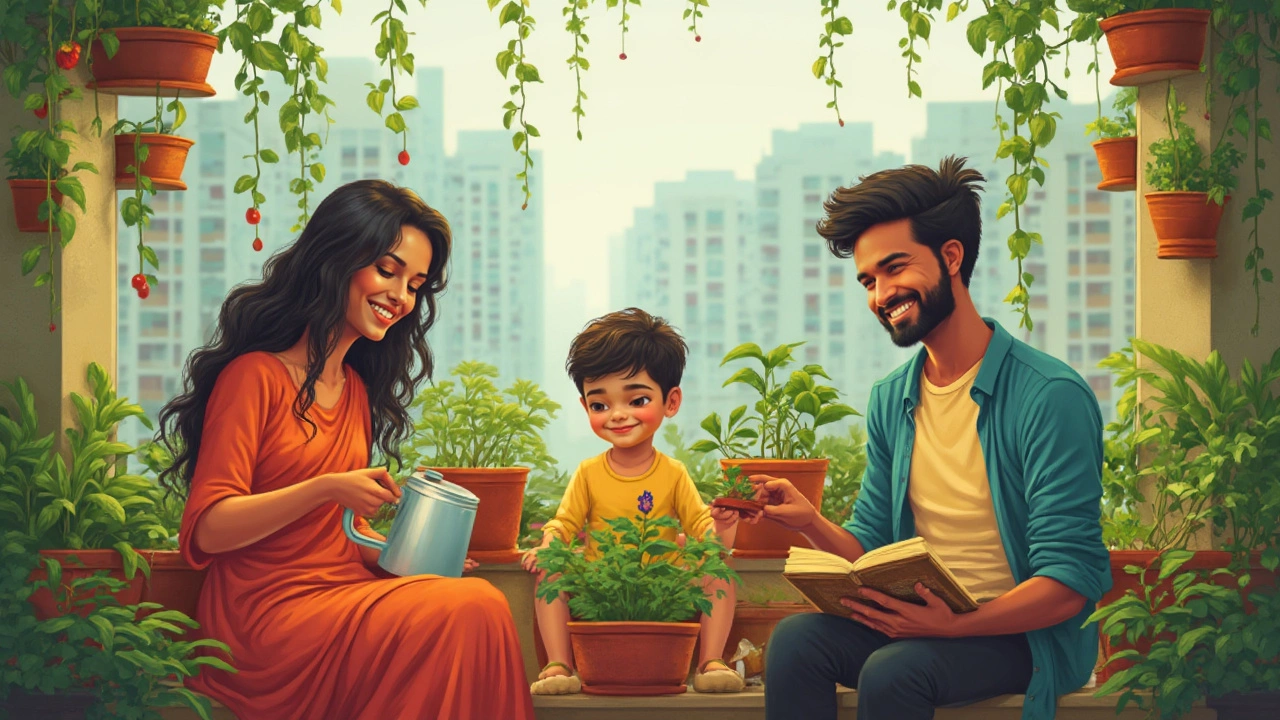Growing your own vegetables at home in India can save money, boost your health, and even get the family involved. This article explains which vegetables are beginner-friendly for Indian homes, factoring in the local climate and space challenges. Packed with practical tips, the guide walks you through easy options, what to expect seasonally, and ways to keep your veggies healthy with minimal effort. Discover how even small balconies or terraces can become mini-farms. Start harvesting fresh, chemical-free produce with just a little planning and regular care.
Indian Climate: What It Means for Your Garden and Farm
When you talk about Indian climate, the varied weather patterns across India that determine what plants can grow, when to plant, and how to manage water and soil. Also known as South Asian monsoon climate, it shapes everything from rice fields in Punjab to balcony herbs in Mumbai. This isn’t just weather—it’s the invisible hand that decides whether your tomatoes survive June or your jasmine blooms in December.
The monsoon, the seasonal rain system that brings 70-80% of India’s yearly rainfall between June and September isn’t just a rainy season—it’s your biggest gardening ally and enemy. Too little rain, and your soil cracks. Too much, and your seedlings drown. That’s why plants like curry leaf and okra, native to India, evolved to handle this rhythm. Meanwhile, foreign plants like hydrangeas need careful placement—away from afternoon heat and poor drainage—because they didn’t evolve with Indian monsoons in mind.
Seasonal farming, the practice of planting and harvesting crops based on India’s three main seasons: summer, monsoon, and winter isn’t optional—it’s essential. You can’t plant the same crops year-round and expect results. The temperature range, from 45°C in Rajasthan summers to 5°C in Himalayan winters means what grows in Kerala won’t survive in Delhi. That’s why native vegetables like brinjal and amaranth thrive here—they’re tuned to local conditions. Even your drip irrigation system needs adjusting: emitters clog faster in hard water areas, and soil dries out quicker in dry winds.
And it’s not just about rain and heat. The soil type, ranging from clay-heavy in Tamil Nadu to sandy in Gujarat changes how water moves, how nutrients stay, and what amendments you need. Dense soil? Add compost or perlite. Poor drainage? Raise beds. These fixes aren’t universal—they’re responses to local climate realities. Even your balcony orientation matters: south-facing gets the most sun in the north, but in the south, east-facing avoids scorching midday heat.
What you’ll find below isn’t a random list of gardening tips. It’s a collection built around real problems farmers and gardeners face because of the Indian climate. From year-round blooming flowers that laugh at winter chill to fast-growing veggies that beat the monsoon rush, every post answers a question shaped by heat, rain, or soil. You’ll learn why rice can’t regrow on its own, how to pick plants that survive both drought and flood, and why some flowers bloom nonstop while others vanish after one season. This isn’t theory—it’s what works on the ground, in India, right now.
